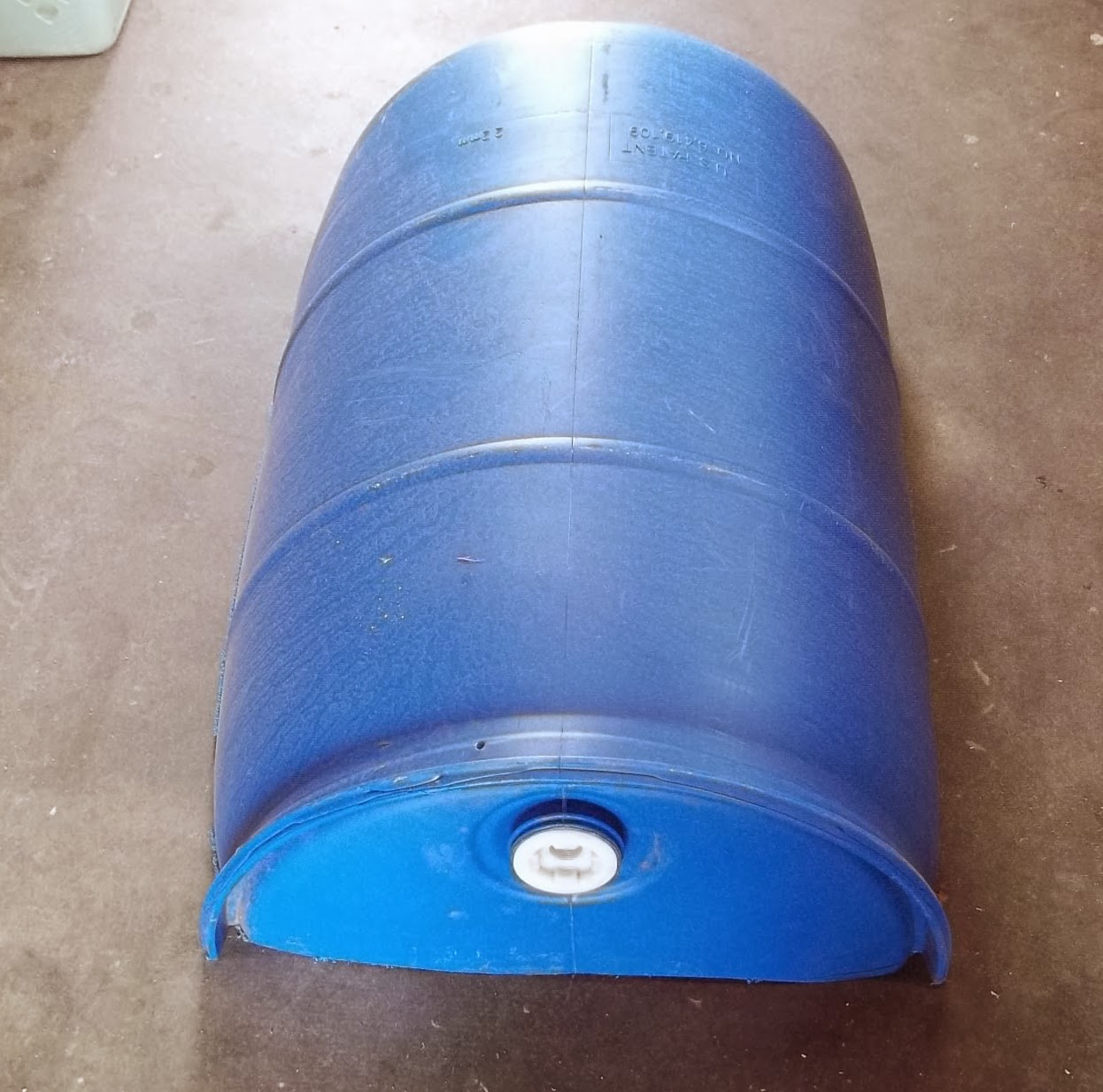Since
June of 2013 my roommate Andy and I have been slowly putting together an aquaponics system
in our backyard. Andy had discovered aquaponics prior to my
move in via a mutual friend of ours who is also an organic farmer.
He quickly
jumped into installing an IBC tank in the garage for use in raising some Tilapia fish.
Once I moved in, in May I began reading about it and decided that the
idea of raising our own food which would be far more nutritious
and less costly than anything from the supermarket got me excited,
add to that the low learning curve required to put it altogether, and
raise crops. I have no experience raising anything so I thought it
would a great challenge to me to learn to do so.
So over the
past seven months we've scraped together and or purchased what we
needed to get the system up and running. We've been lucky to have able to
acquire some key parts of the system for free, like this IBC tank, and a bunch of PVC pipe, recycled lumber, and other odds and ends.
This extra long reclaimed pallet become a table for our grow beds made which are from reclaimed barrels.
Reclaimed chemical barrels cut in half to make grow beds.
In August we had enough parts together to begin the build, but winter was right around the corner so we though it would be a good idea to build a green house. I found a great simple plan for a greenhouse online at this link. We bought all the parts at home depot for just under $200.00 the whole took job a total of 5 hours to build. After which we did no real work on the project until late November.
After completing the greenhouse we set about building the barrel grow beds.
These are 55 gallon barrels cut in half that we acquired from a water treatment plant.
A one inch uniseal fitting from
Alliedaqua.com was inserted into a 1.75 hole drilled
near the edge the barrel, this is where the standpipe and bell siphon will go.
Note: This actually to close to the end of the barrel, as the angle here forced me to shape the guard to the curve of the barrel so that no debris would enter under it. Center of the barrel is best and or a few inches from the end works best.
Unseals are pretty awesome and easy to use, just drill the whole and plug it in, stick in your stem pipe and it's ready to go.
It's a very quick and easy alternative bulkhead fitting.
Also related to that is a handy chart for drilling the right size hole for each size fitting.
Stem pipe installed. It's a tight fit, I had to lub it some dishing soap and pound it in with a rubber mallet.
After I completed the barrels I started work on making the bell siphons.
I found this simple design from the university of Hawaii.























